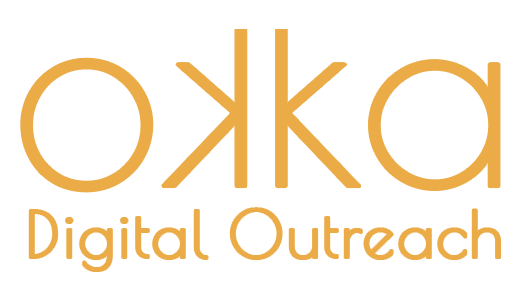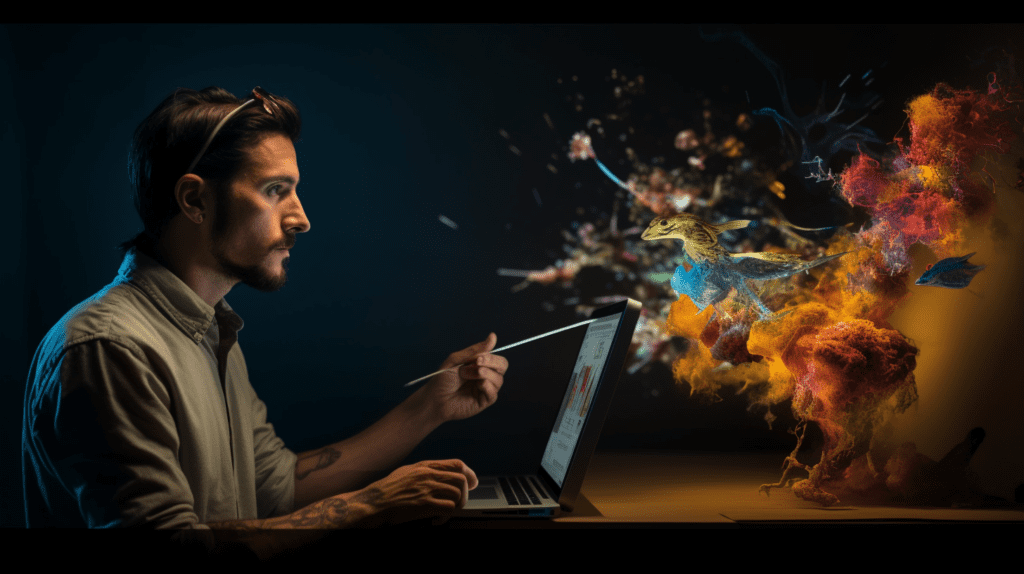In the ever-evolving landscape of technology, the line between art and artificial intelligence (AI) is becoming increasingly blurred. As AI tools become more sophisticated, they offer unprecedented capabilities in graphics, design, and even content creation. But where does this leave the human touch? And how do we define art in an age where machines can mimic, and sometimes surpass human creativity?
The Human Touch in a Digital Age
For many, the essence of art lies in its ability to convey emotion, tell a story, or capture a moment in time. It’s a reflection of the artist’s soul, their experiences, and their unique perspective on the world. But as AI begins to play a more prominent role in the creative process, some fear that this essence is being lost. “I was not talking about art,” says a tech enthusiast who delves into marketing, technology, and graphics. “I have not disappeared because what I am doing with AI is not art, and I do not consider myself an artist.” This sentiment is shared by many who use AI as a tool rather than a medium. For them, AI is a means to an end, a way to enhance their work or make processes more efficient. It’s not about replacing the human touch but augmenting it.
Historical Precedents: The Fear of the New
Historically, new technologies and artistic methods have often been met with skepticism and fear. Remember the time when artists were considered witches and were killed? Such extreme reactions to innovation highlight the deep-seated anxieties humans have about the unknown. Today, as AI-generated art gains traction, similar fears arise. Is the artist’s role becoming obsolete? Will AI replace human creativity? These questions are at the forefront of debates in the art community. Finding a Balance The key lies in finding a balance. While AI can generate images, music, or even text, it lacks the lived experiences, emotions, and intentions that humans bring to their creations. AI operates on algorithms and data, while humans operate on passion, intuition, and a myriad of complex emotions. For those at the intersection of technology and art, like our tech enthusiast, the challenge is to harness the power of AI without losing sight of the human element. It’s not about choosing sides but about integrating the best of both worlds. In conclusion, as we navigate this new frontier, it’s essential to remember that technology is a tool, not a replacement. The heart and soul of art will always lie in the human touch, no matter how advanced our machines become.


